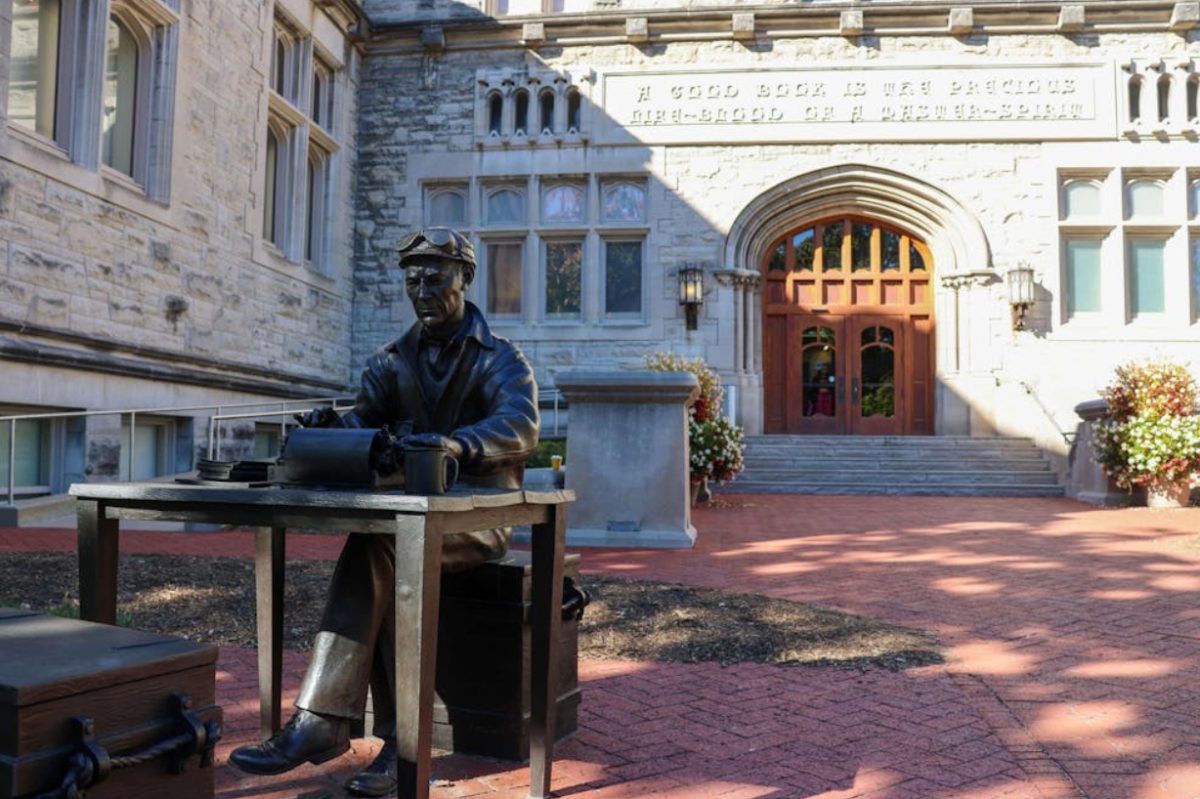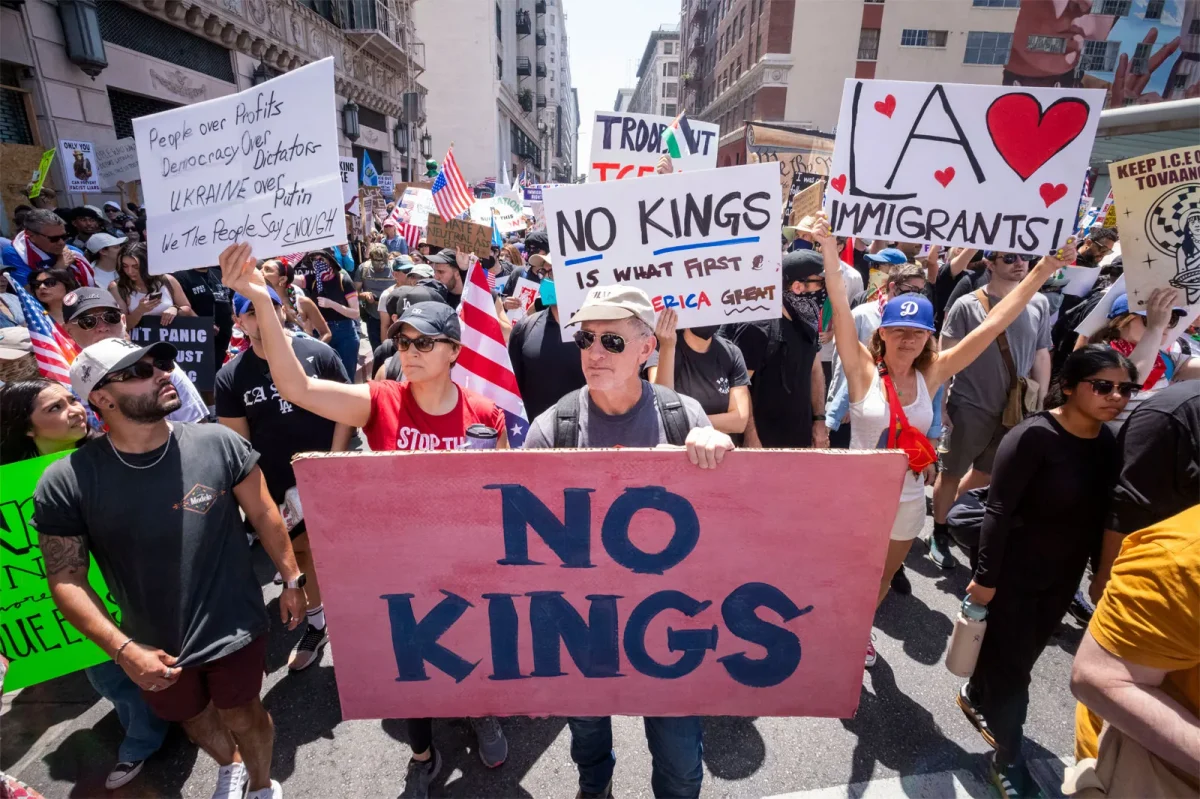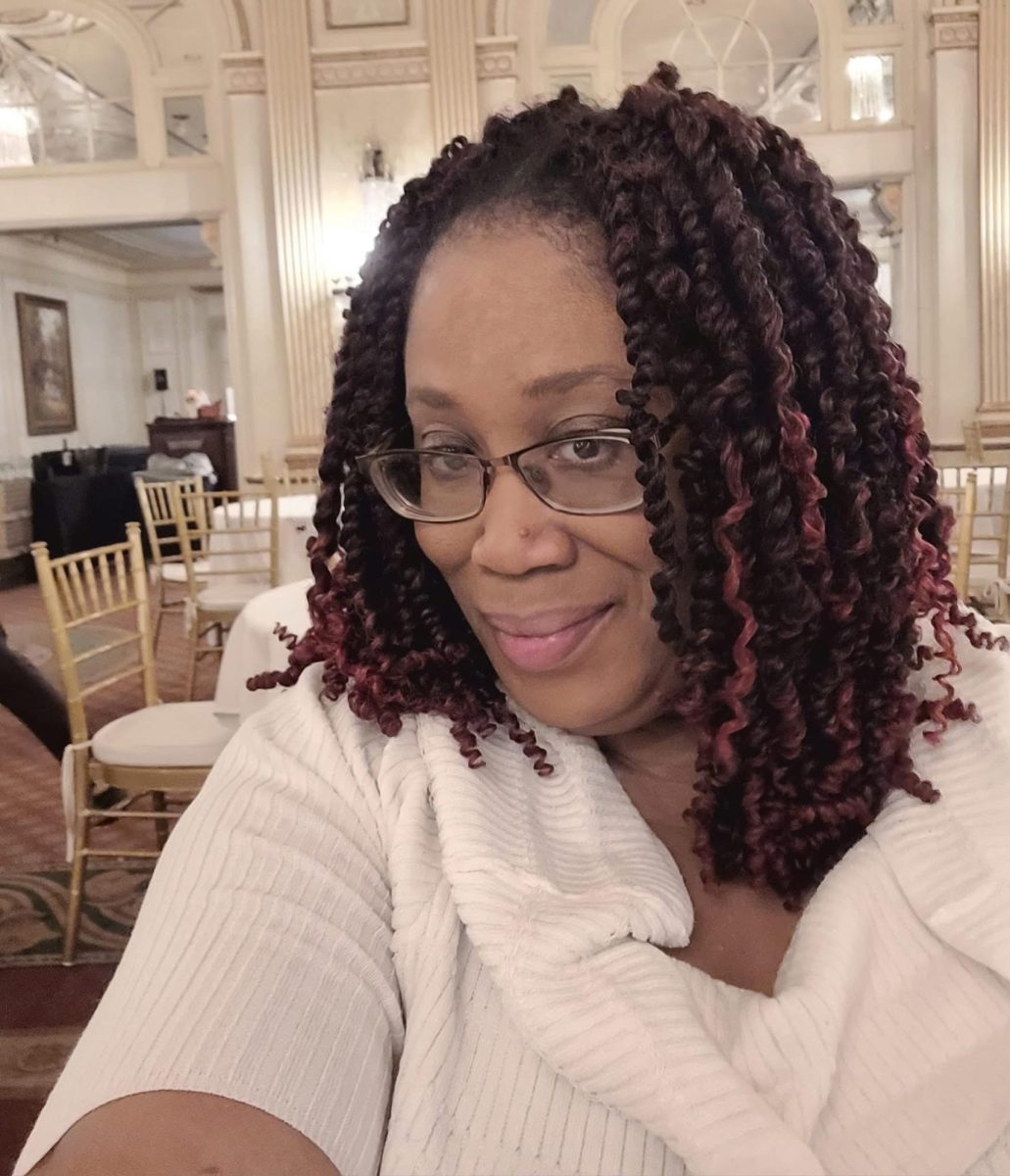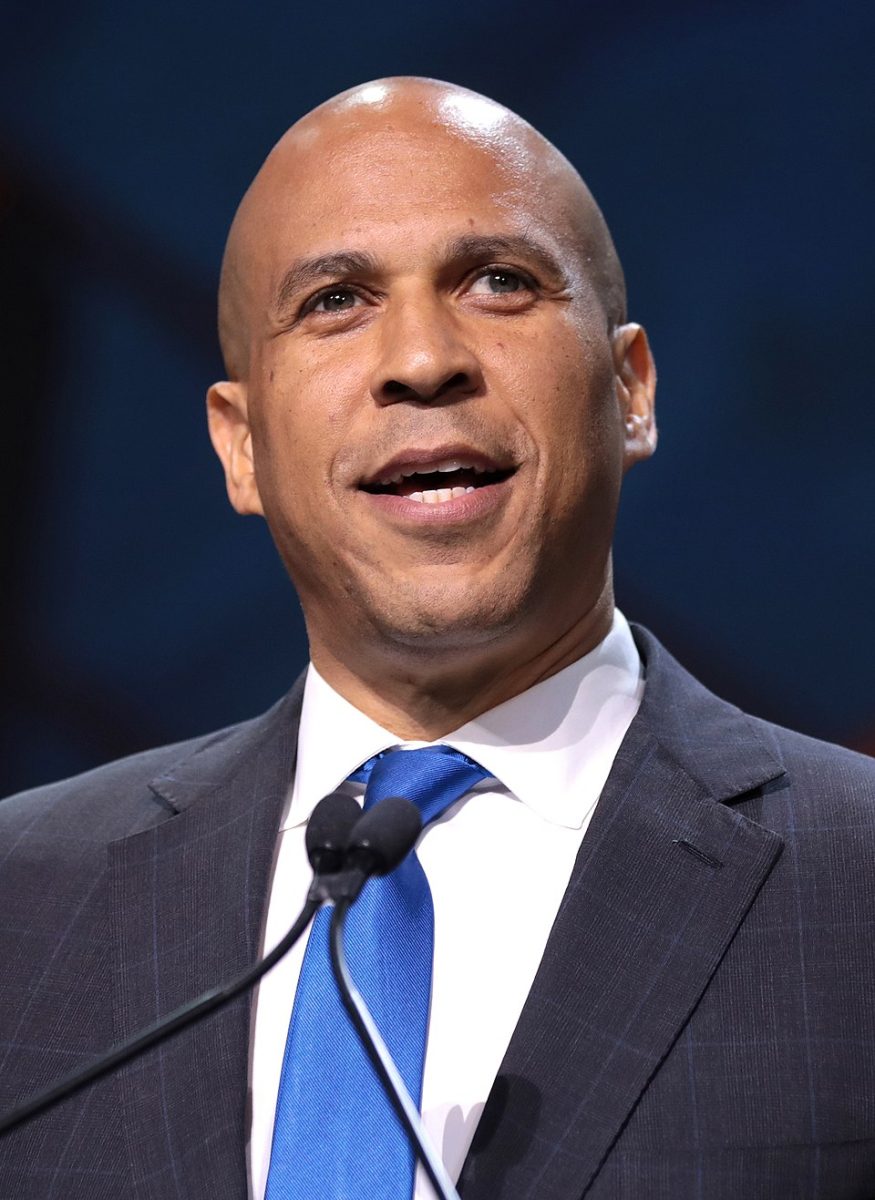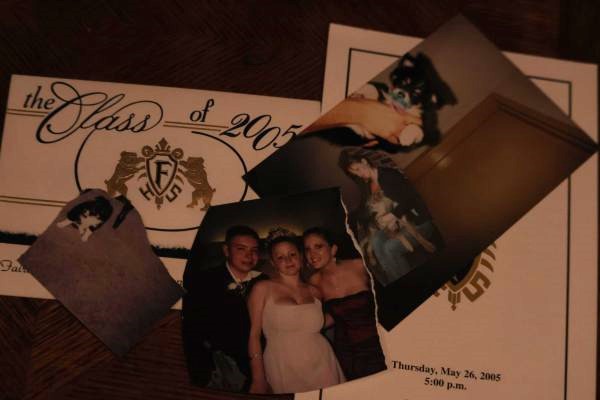The past is supposed to be preserved, not policed.
President Donald Trump escalated his campaign against diversity, equity, and inclusion initiatives on Monday, August 18th, accusing the Smithsonian Institution of promoting “woke ideology” and ordering a federal review of the nation’s premier museum complex.
“President Donald J. Trump is right: the Smithsonian Institution is out of control,” the White House said in a statement. “The Smithsonian’s embrace of woke ideology distorts history and erodes public trust.”
Trump announced the initiative on Truth Social earlier this week, announcing that, “The Smithsonian is OUT OF CONTROL, where everything discussed is how horrible our Country is, how bad Slavery was, and how unaccomplished the downtrodden have been.”
The president signed an executive order titled “Restoring Truth and Sanity to American History”, directing officials to remove what he called “improper, divisive, or anti-American ideology” from Smithsonian museums. The order follows a January directive banning DEI programs at federally funded programs, which prompted the Smithsonian to close its diversity office.
The administration highlighted many displays as examples of what it considers ideological excesses, including:
- A painting showing migrants crossing the southern border at the National Portrait Gallery.
- An LGBTQ+ history exhibition at the National Museum of American History that references drag culture.
- Programming at the Latino Gallery focused on Latinos with disabilities.
- A stop-motion drawing of infectious disease expert Anthony Fauci at the National Portrait Gallery.
- A reinterpretation of the Statue of Liberty, shown holding tomatoes instead of the torch and tablet.
- An exhibit examining Benjamin Franklin’s involvement in slavery.
“These exhibits reflect a concerted and widespread effort to rewrite our nation’s history, replacing objective facts with a distorted narrative driven by ideology rather than truth,” the executive order said.
Scholars and museum experts warned that the order could undermine the independence of cultural institutions. “It is a five-alarm fire for public history, science, and education in America,” said Samuel Redman, a professor at the University of Massachusetts Amherst. “While the Smithsonian has faced crisis moments in the past, it has not been directly attacked in quite this way by the executive branch in its long history. It’s troubling and quite scary.”
Advocates for DEI programs argue that the exhibits are needed to tell the fuller story of the American experience, including excluded voices.
Trump’s actions fit into a larger political push. In February, he re-established the 1776 committee, a group created during his first term as a comeback to the Pulitzer Prize-winning 1619 Project, which rethought U.S. history around the legacy of slavery. The president has also opposed efforts to remove or rename confederate statues and monuments, calling such actions attempts to “erase history.”
Conservative think tanks and allies have reinforced the president’s stance. The 1616 project committee claimed it was “yet another attempt to brainwash you into believing your country is racist, evil, and needs revolutionary transformation.”
Another warned that the Smithsonian’s idea of a National Museum of the American Latino risked becoming “a woke indoctrination factory.”
The Smithsonian Institute, which consists of 21 museums and the National Zoo, did not immediately respond to the requests to comment on the situation. The institution is largely funded by Congress but operates with curatorial independence.
The president’s directive raises questions about how much power the Whitehouse has over museum exhibits, which are typically designed by curators and fact-checked by historians. Critics say that federal intervention risks bringing politics into public history and losing public trust.





